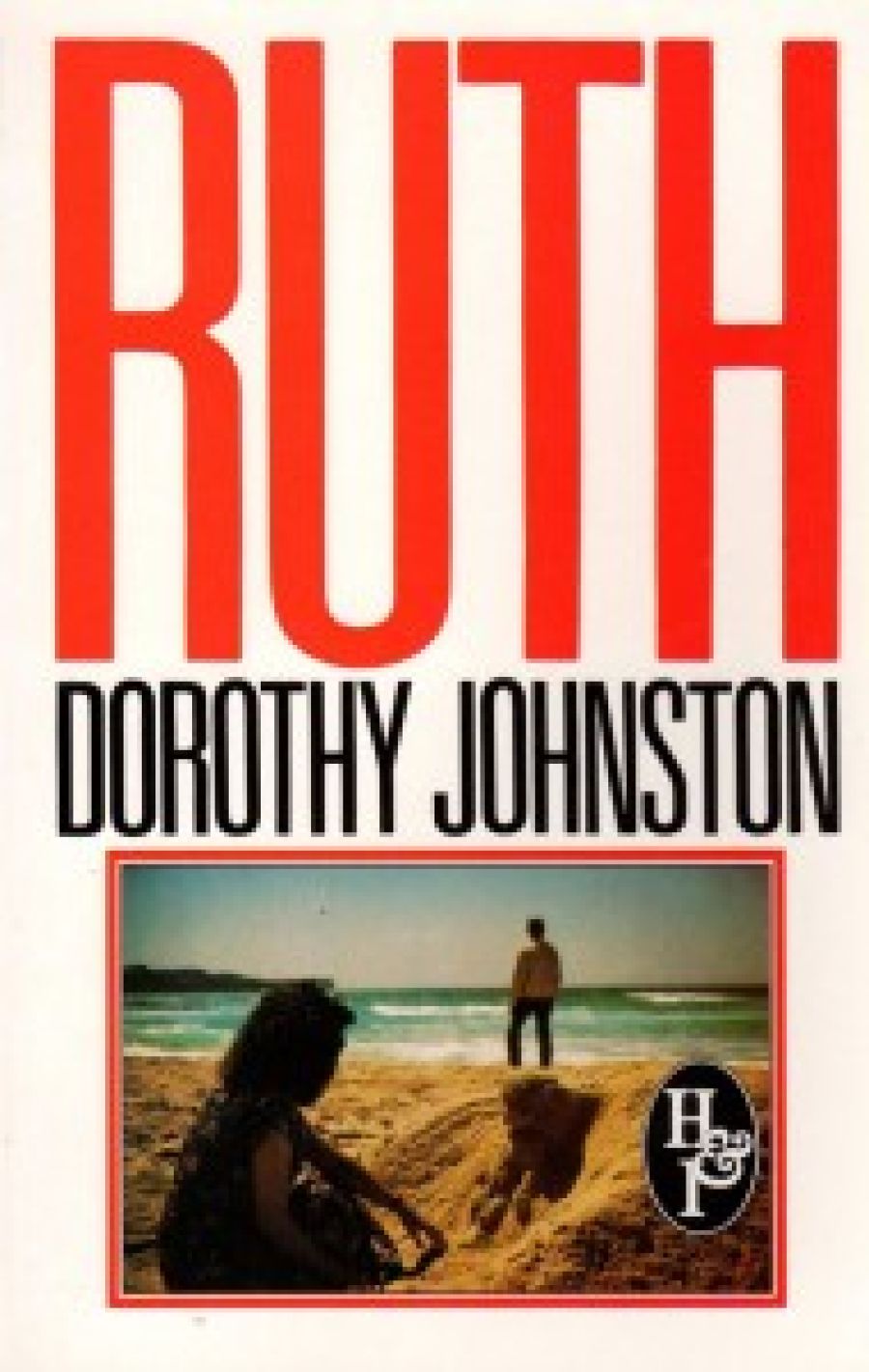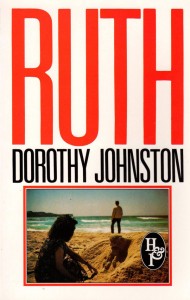
- Free Article: No
- Contents Category: Fiction
- Custom Article Title: Dismissals, Public and Private
- Review Article: Yes
- Article Title: Dismissals, Public and Private
- Article Subtitle: The female predicament: between the institution and the ocean
- Online Only: No
- Custom Highlight Text:
Dorothy Johnston’s first novel Tunnel Vision told a story of the lives of women on the job in a rundown Melbourne brothel. For her second book she moves to another scene of female oppression and exploitation, the domestic home. Ruth passes up the surrealist comedy of the earlier novel in favour of a closely-observed realism, which combines social satire with human pathos by setting the life of its heroine against the social and political developments of the mid 1970s. A novel with a strong sense of time and place, it moves from the township of Port Lonsdale, drenched in the sight and sound and smell of the sea, to the urban environment of 1975 Melbourne, in ferment over the precarious social reforms of the Labor government, the fall of Saigon, and that other fall, the dismissal of the Whitlam government. That Ruth herself seems unable or unwilling to make a successful transition from nature to culture establishes her as a symbol of the female predicament which Johnston explores with such care and subtlety.
- Book 1 Title: Ruth
- Book 1 Biblio: Hale & Iremonger, $9.95 pb, 159 pp
- Book 1 Cover Small (400 x 600):

- Book 1 Cover (800 x 1200):

The novel’s concerns with the individual and her social environment are addressed in a poem that forms its epigraph, Auden’s ‘Musee des Beaux Arts’. Auden’s poem is, famously, an artistic meditation on another work of art, and Johnston continues this intertextual self-consciousness by making both poem and painting the focus of the opening scene of her novel. The new context she provides is an ironic one, for both Brueghel and Auden are reduced to the status of questions in a multiple-choice quiz paper for university entrance.
Usually taken to represent the insignificance of human heroism and individual suffering in the wider social context, the poem and the painting also indicate the urge to aestheticise and frame raw experience, thus channelling its energies in socially or culturally useful ways. In the society Johnston depicts, human suffering is naturalised, and works of art become commodities – not for museums, however, but for competitive institutions. Ruth doesn’t articulate all of this, but finds herself unable to answer the quiz questions because the emotions and ideas which the poem and painting arouse in her cannot be accommodated in the reductive grid of multiple-choice answers. So she doesn’t go to university, the traditional solution to a bored housewife’s problem, but instead initiates a private search for satisfaction. This leads her to abandon the familiarity of her seaside home for the unknown territory of a city women’s refuge. She leaves her husband and eventually loses her children without establishing any community with the women she meets in Melbourne. Finally she drifts out of the story altogether, leaving her daughter Miranda to face the sea alone.
Miranda (her mother tells her) ‘was named after a princess in a play’, and a string of literary and mythical references forms a rich subtext to the realistic surface of this novel. Ruth loves the textures and etymologies of words and their accretion in poetry; she collects esoteric information and bizarre stories as well as shells and driftwood from the beach. The naturalistic descriptions of Port Lonsdale become charged with symbolic significance. ‘Ruth knew it wasn’t a town she’d come to, but a collection of bones on a blanched cliff-top’, we read; she notices that ‘the lighthouse was a great spire, the centre and pivot of the town’ because ‘danger and safety were aspects of the same thing’. For Ruth, the sailing ships guided by the lighthouse beacon into the harbour represent both the safety of anchorage and the danger of exploration which dominate her own desires, just as the endless variety and eternal identity of the sea provide their natural backdrop. She and her husband tell their children stories of pirates and buried treasure, and the dark secret of her past involves a child lost to the sea.
Ruth herself is guided to freedom by the feminist archetype of the mad old woman who has finally escaped all social constrictions. The concentrated literary references in the first section cast an ironic light on the title of Part II, ‘The Refuge’. For the women’s refuge that Ruth escapes to in Melbourne is dominated by its own myths of female identity, and shadowed by fears of violent husbands, heartless bureaucrats and night-time prowlers.
The final section, ‘Waiting for Dismissal’, develops an implicit analogy between Ruth’s dismissal of her family (or did they dismiss her?) and the Governor-General’s notorious dismissal of the Labor government in November 1975. Though I admire this attempt to situate feminist concerns and sympathies in a larger social and political context, Johnston is unable to make this manoeuvre seem anything more than a metaphor for the family crisis she delineates so much more fully. In the case of the party held by left-wing social reformers ‘to celebrate the fall of Saigon’, Johnston is ironically aware of disparities between pretext and event; for the party is an occasion for familiar social banalities and sexual infidelities, but not for any political statement.
Other juxtapositions are more difficult to interpret, like the scene where Simon the radical schoolteacher chooses the public space of a protest march to tell his lover Jean that he is leaving her. Most complex of all is the reflection by Ruth’s husband Ken on the fall of the government in a passage that makes analogies between private and social justice explicit:
His belief in elections, the proper course of things, justice achieved that way, was deeply disturbed, not just by the day’s announcements, but by the wearing away over months of the hope that his family would be reunited. This had seemed to him also, till that night, a matter of natural justice.
But because this insight is not developed narratively in the novel, the crucial relationship between individual and society remains obscure. Ruth’s refusal to accept any social or political institutions makes it difficult to keep telling her story. So the final section loses touch with her inner, female life and focuses instead on Ken’s detectivelike search for justice in the masculine world of public affairs. The novel’s deliberate stylistic understatement, its preference for lyric over discursive modes, its drift from realism to symbolism, and its narrative discontinuities are considerable strengths; but for me they work against a sustained engagement with social issues.


Comments powered by CComment